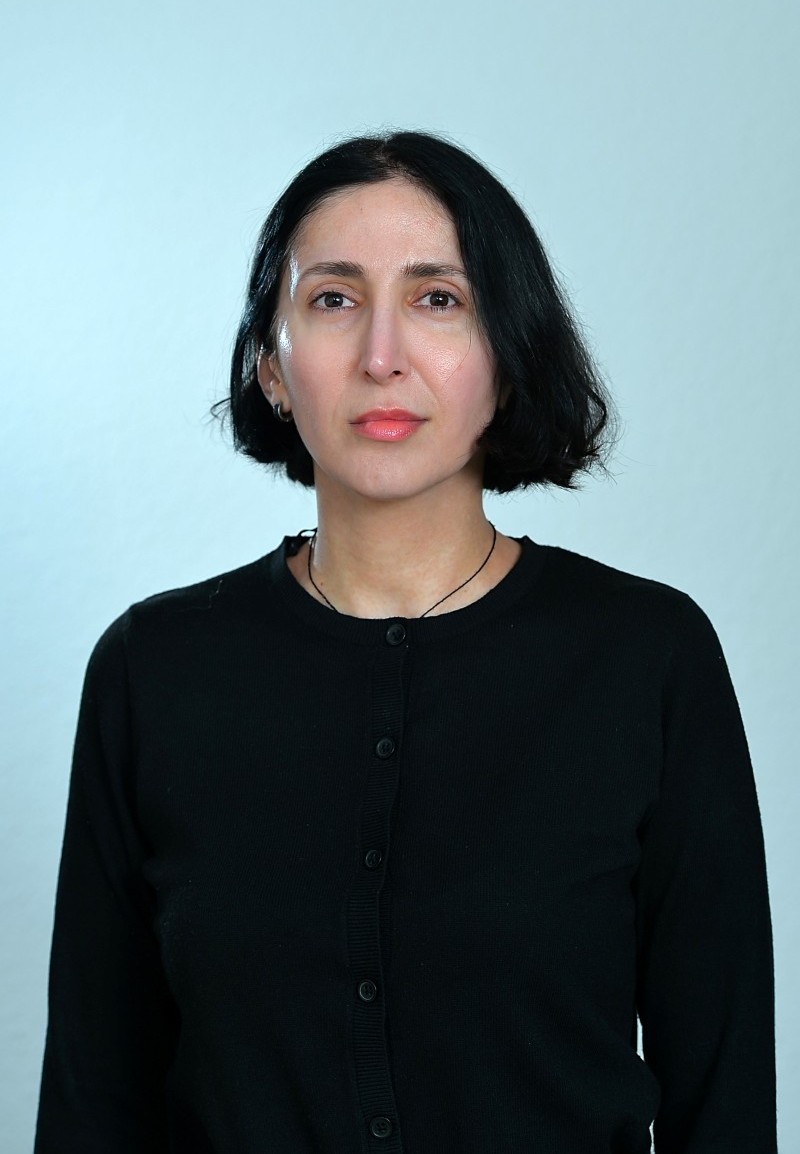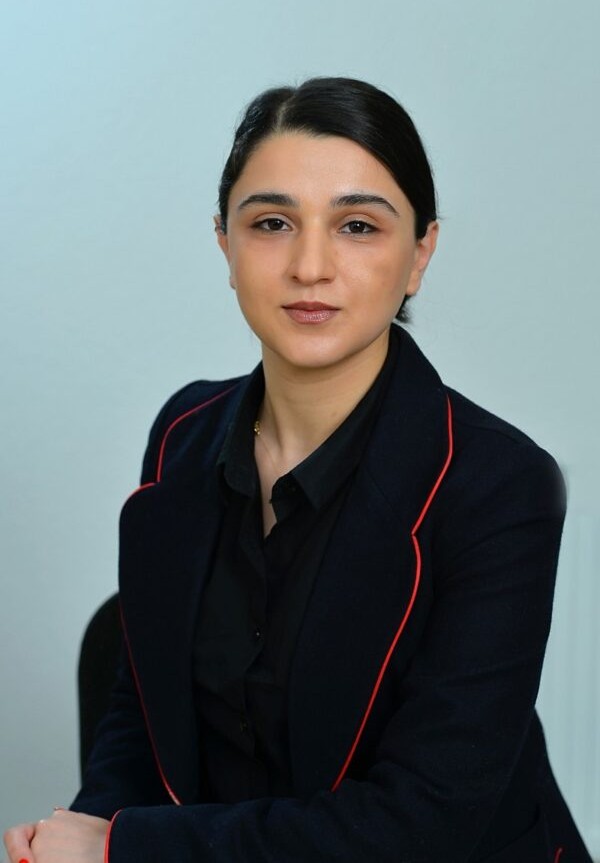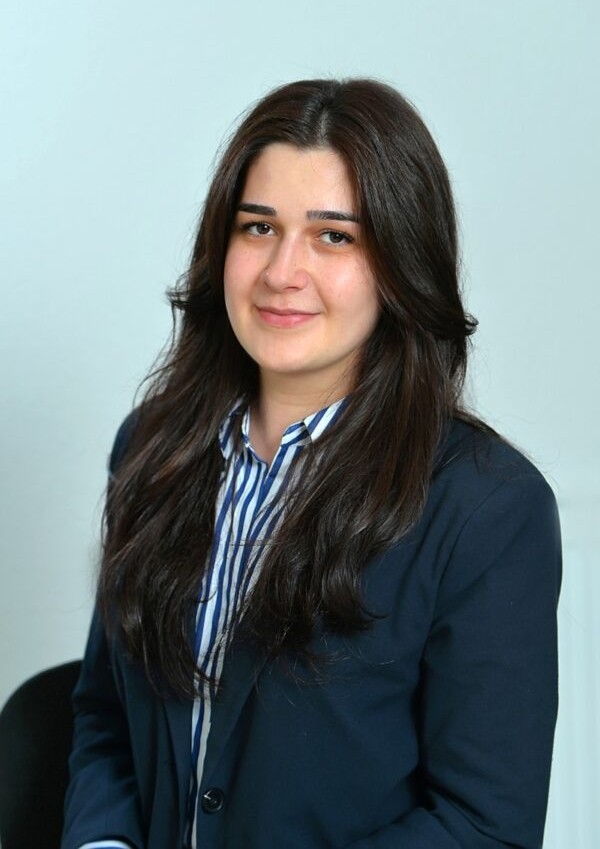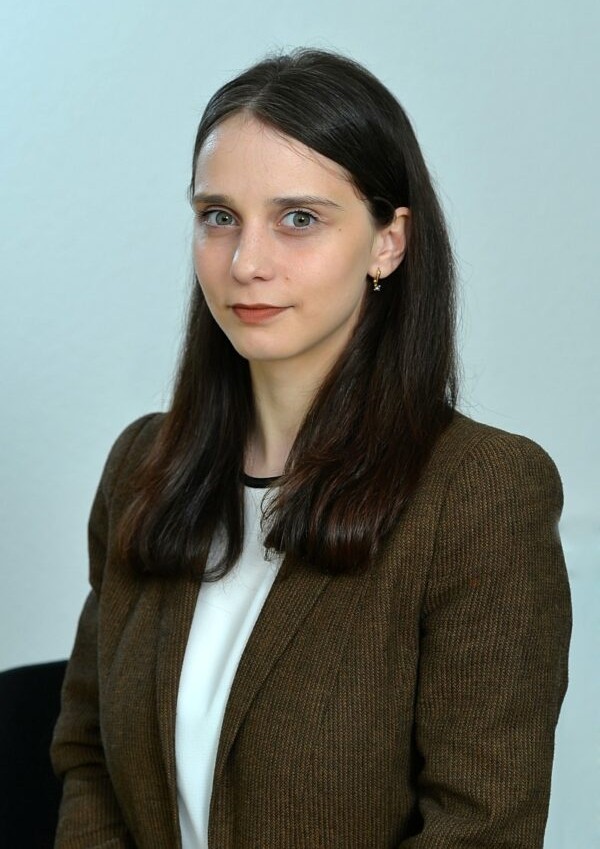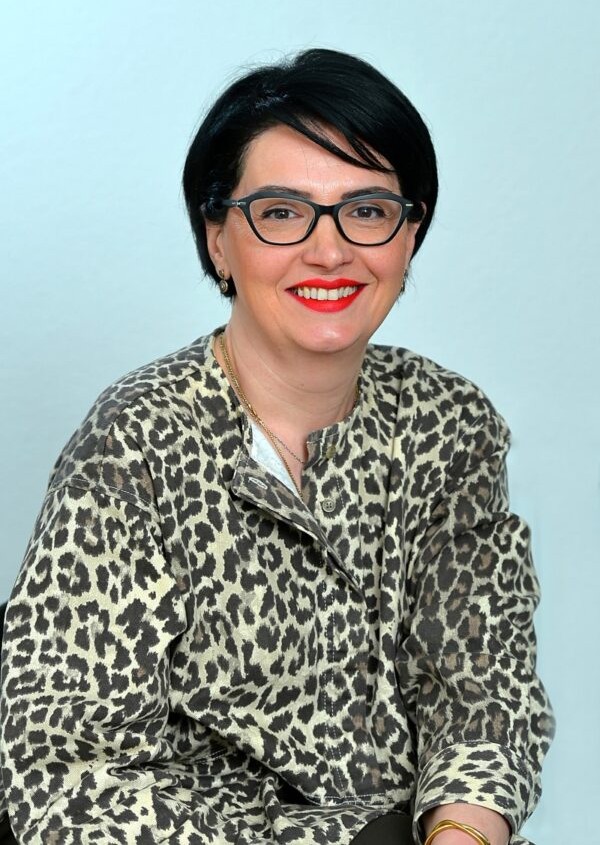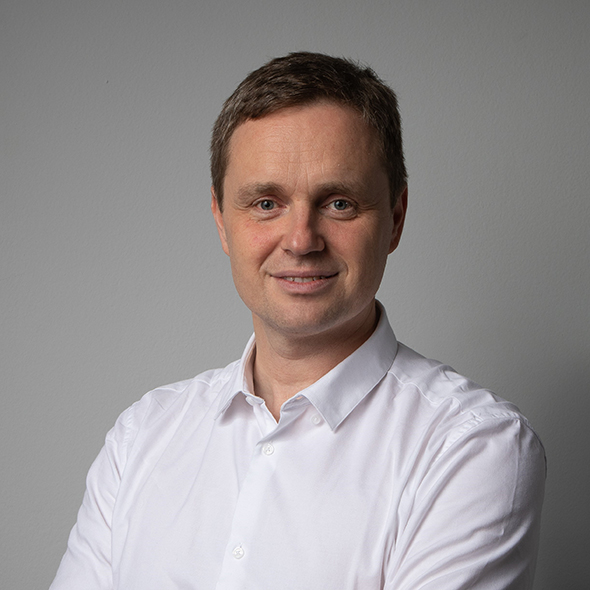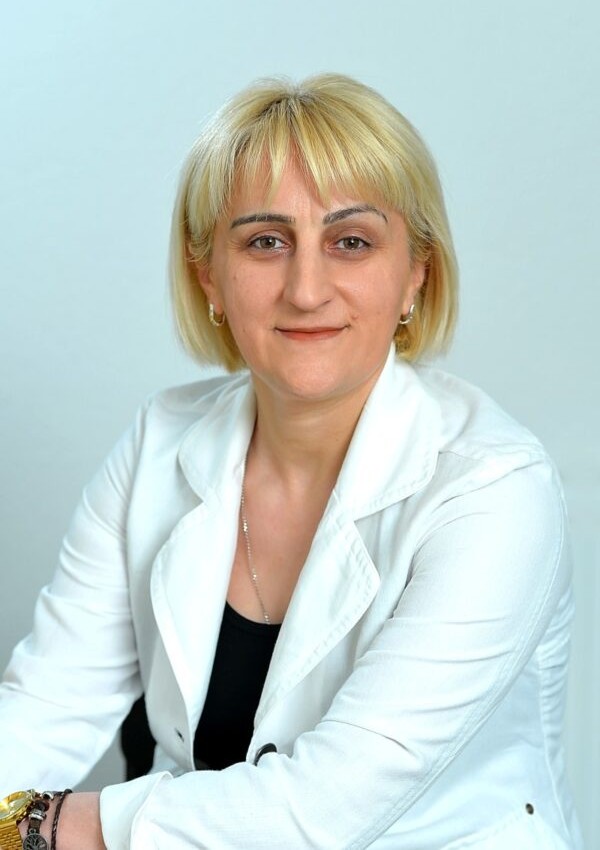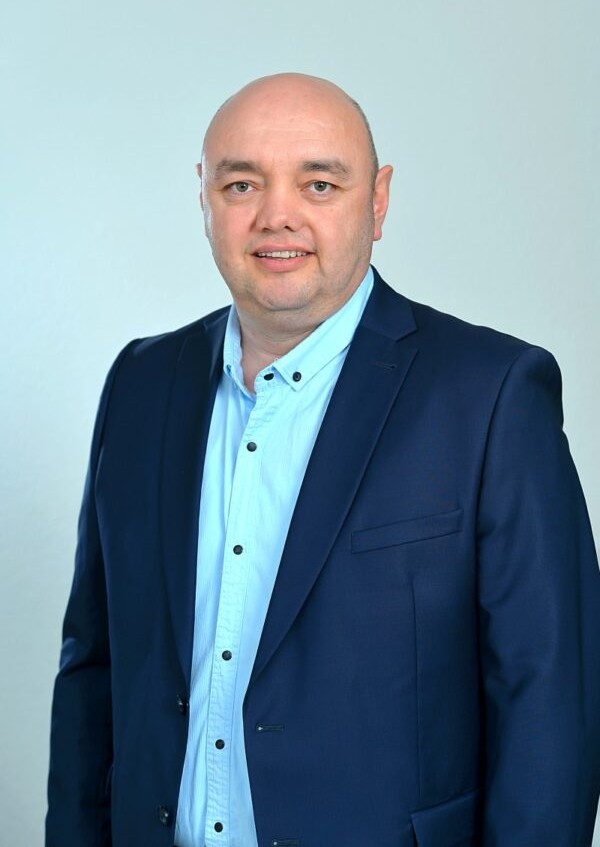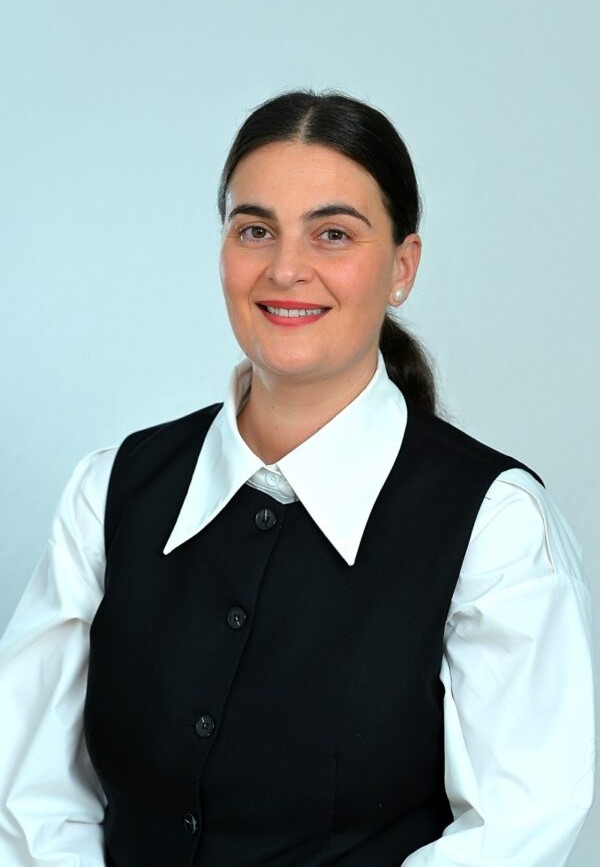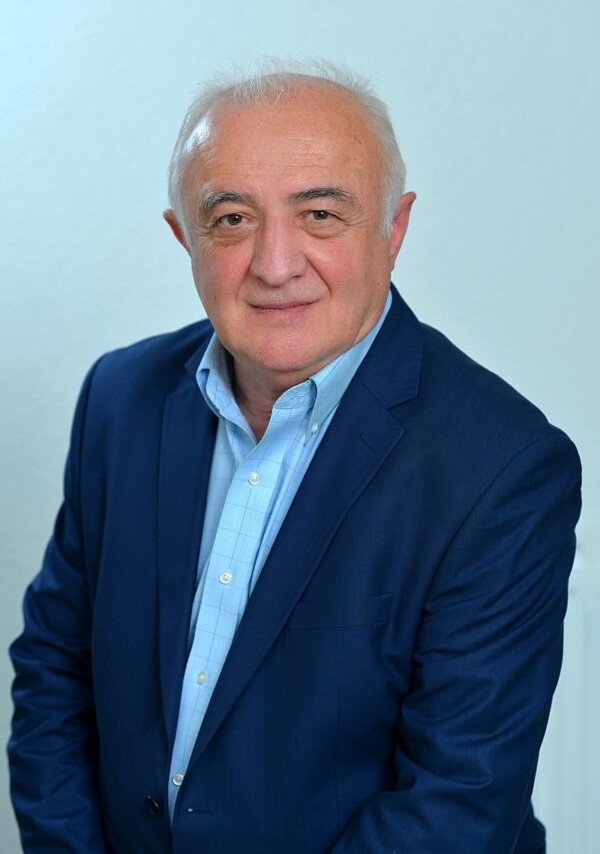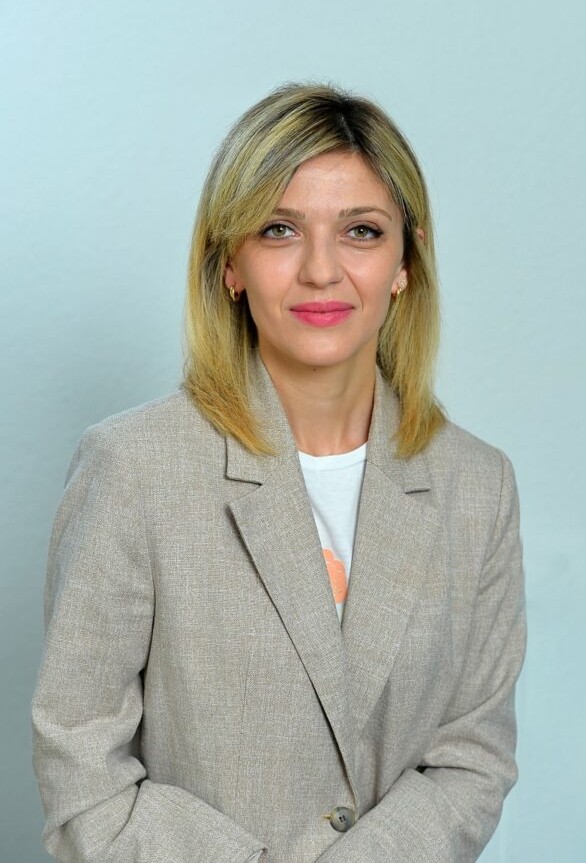East-West University educational Program “Medicine”
Overview
The primary goal of the MD program is to develop highly skilled and competent medical professionals prepared to meet the standards of excellence in the global healthcare landscape, aiming to:
Objective 1: Equip graduates with a strong foundation in basic medical and clinical sciences, along with the practical and clinical skills necessary for effective medical practice, including health promotion and disease prevention.
Objective 2: Instill norms of professionalism, ethical responsibility, cultural competency, and patient-centered care to ensure integrity, compassion, and equity in healthcare delivery.
Objective 3: Develop the ability to navigate standard and complex medical situations through critical thinking, problem-solving, and evidence-based decision-making, while leveraging emerging technologies and adapting to advancements in medicine.
Objective 4: Foster exceptional communication skills and the ability to work collaboratively within multidisciplinary teams to enhance the quality and coordination of patient care.
Objective 5: Cultivate a commitment to lifelong professional development, resilience, and well-being, while preparing graduates to assume leadership roles in healthcare, education, and public health.
The program is developed in collaboration with Arizona State University, incorporating international best practices in education. Medical Field Specific Learning Outcomes is developed according to “Sectoral Benchmark Statement of Higher Education in Medicine” and WFME guidelines.
The program defines 14 core learning outcomes that reflect the expected competencies of graduates
The curriculum integrates courses from Arizona State University through both enriched and fully adopted formats. Enriched courses are integrated into program modules mainly in the life sciences, while fully adopted courses are offered primarily as elective and free credit components. Upon their successful completion, students are additionally awarded a certificate issued by Arizona State University.
The program’s integrated structure (7th level by Harden), consisting of modules and courses, is designed to study the human body as a living organism, examining its structure, function, and development at various levels of organization, including the molecular, organ system, and individual levels. The program also emphasizes the understanding of changes associated with diseases, injuries, gerontology, genetics, developmental disorders, and their treatment, as well as the internal and external factors influencing outcomes.
At the foundational instructional stage, basic medical and clinical sciences are integrated into what are referred to as general (introductory) and special modules. The general module provides essential foundational knowledge, establishing a connection with medical disciplines and fostering a general understanding, while also serving as a prerequisite for the integrated comprehension of the content in the special modules.
The structure of the special modules is designed to focus on critical issues in medical sciences that are fundamental to medical practice, healthcare, and the prevention of diseases, injuries, and disabilities. These special modules cover various human body systems, with each module encompassing more than one system. The curriculum is structured in a spiral manner, revisiting and expanding upon knowledge and skills across vertical modules multiple times to reinforce learning.
Overall, this stage of the Medical Doctor (MD) educational program is designed to (i) facilitate the integration of basic and clinical sciences within a clinical problem-solving, which is crucial for (ii) the clinical training and practical phase, and (iii) for the ongoing professional development of the students.
The modules within the curriculum are organized around six critical areas:
- Structure of Life
- Control of Life
- Cycle of Life
- Preservation of Life
- Protection of Life
- Support of Life
In addition, the program provides gradual acquisition of valuable knowledge and practice for clinical practice in prominent sectors of medical services.
- Treatment of patients with acute illnesses at the scene and in the department of emergencies.
- Treatment of internal diseases.
- Treatment of surgical patients.
- Working in healthcare systems.
- Geriatric treatment.
- Pediatric treatment.
- Treatment of psychiatric patients.
- Treatment of gynecological diseases, management of physiological delivery.
- Treatment of critical condition in the intensive care unit.
- Treatment of different diseases (cardiology, nephrology, pulmonology etc.)
- Anesthesiology and Emergency Medicine
- Rehabilitation and Sport medicine.
- Telemedicine and AI in Medicine etc
The program spans six years and comprises a total of 360 ECTS credits. To obtain the academic degree and the qualification of a medical doctor, each student must complete a minimum of 5,500 contact hours as required by the medical program



